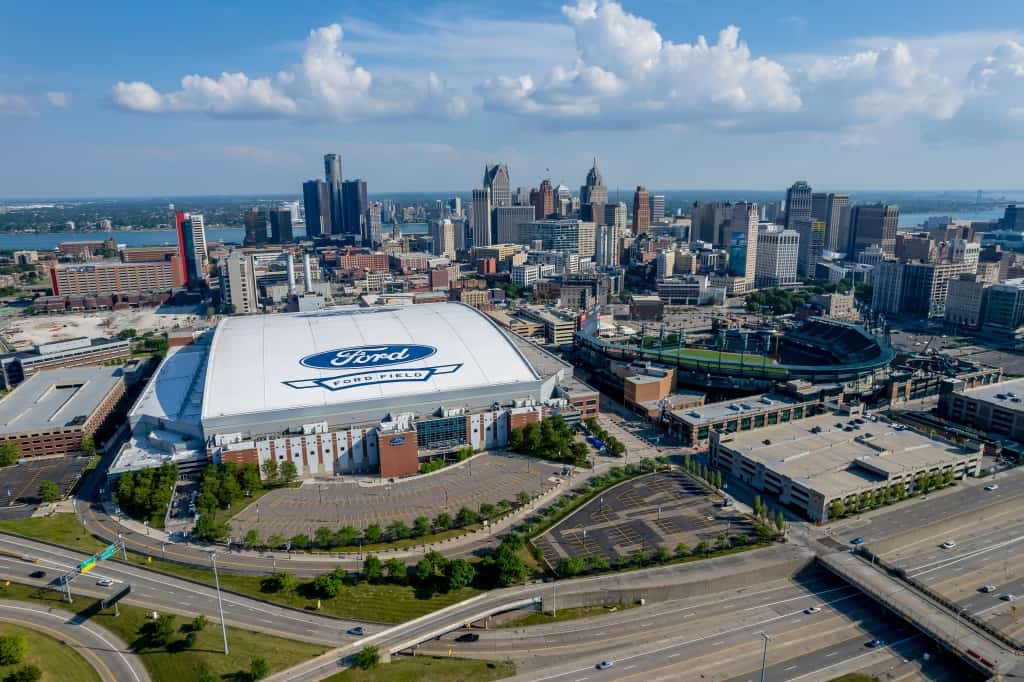
On game days, football fans know the drill: long drives, crowded parking lots, and packed exits that stretch the day far beyond kickoff. A study of traffic near Yankee Stadium found travel times rose by more than 6% on game days, showing just how much major events can clog city streets.
Meanwhile, cities and teams are rethinking how stadiums connect to their surroundings. For example, the Washington Commanders’ newly approved $3.8 billion plan to return to D.C.—anchored by a 65,000-seat venue at the old RFK Stadium site—includes housing, retail, and public parks, reflecting a growing trend toward mixed-use, transit-connected developments.
To see which teams are already embracing that idea, Redfin analyzed all 30 NFL venues by Walk Score, Transit Score, and Bike Score to reveal which stadiums are easiest to reach without a car—and what it costs to live nearby.
The top 10 NFL stadiums fans can reach without a car
1. Lumen Field: Seattle Seahawks (Seattle, WA)
Overall score: 94 | Walk Score: 89 | Transit Score: 100 | Bike Score: 92
Lumen Field sits just south of Downtown Seattle, in one of the city’s most connected areas. Fans can reach the stadium by light rail, bus, or bike from nearby neighborhoods like Capitol Hill or West Seattle, while others simply walk in from Pioneer Square or the International District.
Homes in Seattle typically sell for around $853,750, and rent averages about $2,130 per month. It’s one of the pricier markets on this list, but the convenience of a car-free lifestyle is a big part of what makes the area desirable for fans.
Read>> The Top 10 Cities Where You Can Live Car-Free
2. U.S. Bank Stadium: Minnesota Vikings (Minneapolis, MN)
Overall score: 88 | Walk Score: 85 | Transit Score: 85 | Bike Score: 94
U.S. Bank Stadium sits in the heart of downtown Minneapolis, surrounded by apartments, parks, and cafés that stay lively year-round. The city’s light rail and protected bike lanes make it easy for fans to get to games from neighborhoods across the metro.
Homes in Minneapolis average $353,250, with rents around $1,641, offering relatively easy access at moderate costs.
3. M&T Bank Stadium: Baltimore Ravens (Baltimore, MD)
Overall score: 82 | Walk Score: 77 | Transit Score: 84 | Bike Score: 84
Located near Camden Yards and the Inner Harbor, M&T Bank Stadium gives fans a true downtown experience. The Light RailLink stops right at the stadium gates, and plenty of hotels, restaurants, and trails are within walking distance.
Homes in Baltimore typically cost about $221,000, and rents average $1,909, making it one of the most budget-friendly markets on the list.
4. Ford Field: Detroit Lions (Detroit, MI)
Overall score: 72 | Walk Score: 80 | Transit Score: 77 | Bike Score: 58
In the heart of Detroit’s revived downtown, Ford Field sits among restaurants, theaters, and landmarks like Greektown. Fans can get around on the QLine streetcar or the People Mover without needing a car.
In the Detroit area, home prices average about $97,000, while renters usually pay around $1,275, offering affordability just steps from the action.
5. Soldier Field: Chicago Bears (Chicago, IL)
Overall score: 72 | Walk Score: 51 | Transit Score: 79 | Bike Score: 85
Soldier Field may be one of the oldest stadiums in the league, but its lakefront location along Lake Michigan keeps it among the most scenic and accessible. Fans often take the CTA Red Line or walk and bike the Lakefront Trail straight to the gates.
In the Chicago area, homes cost about $374,000 on average, and rents hover near $2,506, reflecting the city’s central waterfront appeal.
6. Bank of America Stadium: Carolina Panthers (Charlotte, NC)
Overall score: 69 | Walk Score: 72 | Transit Score: 70 | Bike Score: 65
Bank of America Stadium anchors Uptown Charlotte, surrounded by shops, parks, and new apartments. The city’s Blue Line light rail drops fans nearby, and short walks or bike rides connect most of the district.
Homes in Charlotte average $415,000, with monthly rents around $1,680.The Uptown area is growing quickly, meaning you’ll be surrounded by good eats and sounds of the city if you make the move.
7. Caesars Superdome: New Orleans Saints (New Orleans, LA)
Overall score: 66 | Walk Score: 47 | Transit Score: 74 | Bike Score: 77
The Superdome sits at the heart of downtown New Orleans, just a short walk from the French Quarter and Warehouse District, putting fans close to the city’s restaurants, bars, and nightlife. Many fans rely on the city’s bus and streetcar lines to get to the game, adding to the local character.
Homes in New Orleans typically cost $305,500, and rents average $1,830, keeping the area relatively accessible for city living.
8. Mercedes-Benz Stadium: Atlanta Falcons (Atlanta, GA)
Overall score: 66 | Walk Score: 63 | Transit Score: 78 | Bike Score: 57
Mercedes-Benz Stadium is designed with movement in mind. It connects directly to the MARTA rail system, making it easy for fans to travel from across Atlanta without driving. Downtown’s sidewalks and nearby hotels add to the convenience.
In Atlanta, homes usually sell for around $375,000, with monthly rents averaging about $1,930, typical for a major southern city center.
9. Acrisure Stadium: Pittsburgh Steelers (Pittsburgh, PA)
Overall score: 63 | Walk Score: 42 | Transit Score: 74 | Bike Score: 72
On Pittsburgh’s North Shore, Acrisure Stadium links to downtown via pedestrian bridges and Pittsburgh light rail. Many fans cross the Roberto Clemente Bridge or bike along the riverfront before games.
Homes in Pittsburgh cost about $230,000, and rents average $1,890. The area remains relatively affordable for a centrally located district.
10. Cleveland Browns Stadium: Cleveland Browns (Cleveland, OH)
Overall score: 63 | Walk Score: 42 | Transit Score: 74 | Bike Score: 72
Cleveland Browns Stadium stands on the Lake Erie waterfront, within walking distance of downtown hotels, offices, and the Rock & Roll Hall of Fame. The RTA Waterfront Line and local bus routes make game-day travel simple.
Homes in Cleveland typically cost about $135,000, and rents average $1,665, offering great proximity at a lower cost.
Why stadium location matters
A stadium’s location influences more than just how fans get to their seats; it shapes the game-day experience, nearby neighborhoods, and city planning.
Fan experience
A stadium’s location can completely change what game day feels like. When fans can walk, bike, or take public transit to a game, it cuts down on traffic and parking stress, which can make the experience smoother and more enjoyable. Research has shown that easier access and shorter commutes often lead to higher attendance and more time spent in nearby areas, which benefits local businesses too.
Economic and housing impact
Walkable areas don’t just make it easier to get around—they also attract more investment and housing demand. According to the World Economic Forum, walkable neighborhoods in the 35 largest U.S. metro areas command about 35–45% higher rents and home prices than car-dependent suburbs. When stadiums rise in these connected districts, they can boost nearby businesses and property values, but they can also increase pressure in already-competitive housing markets.
City planning
More and more, cities are treating stadiums as parts of the urban grid rather than isolated venues. When venues connect to public transit, bike routes, and nearby shops or parks, they become part of a neighborhood’s daily rhythm instead of a space that only comes alive on game days. That kind of integration can help sustain local businesses and encourage steady economic activity year-round.
NFL stadiums on the move
Several NFL teams are planning new stadiums or relocations in the coming years, and many of these projects include design updates focused on connectivity, mixed-use development, and improved transportation access.
- Washington Commanders: The Commanders plan to return to D.C. with a new $3.8 billion stadium at the old RFK site. Set to open by 2030, the project includes mixed-use development and stronger transit access.
- Tennessee Titans: In Nashville, the Titans’ new East Bank stadium is part of a plan to turn an old industrial area into a new riverfront district. The domed venue, set to open in 2027, will be surrounded by parks, homes, and better walking, biking, and transit options.
- Buffalo Bills: The Bills are staying in Orchard Park but are building a new stadium that will include a transit hub to improve bus and shuttle access on game days.
- Chicago Bears: The Bears are planning to relocate to Arlington Heights, about 25 miles northwest of Chicago. The new enclosed stadium would sit within a mixed-use district, but the project has faced delays as the team works through funding and state approvals.
Looking ahead
As new stadiums rise and older venues are reimagined, walkability is becoming a focal point for how both cities and fans experience sports. One study found that residents experienced significant increases in walking, cycling, and social interaction once they moved into a neighborhood designed around mobility.
Research like this suggests that when stadiums are part of a connected, transit-friendly urban structure, they can help anchor neighborhoods and support long-term growth.
For homeowners, transportation access adds another layer to what makes a neighborhood appealing. Living near a well-connected stadium can mean easy access to local businesses and public transit, but it can also influence housing demand and long-term property values. For fans it translates into more time spent enjoying the game and less time worrying about traffic or parking.
Methodology
To measure accessibility, we aggregated the Walk Score, Transit Score, and Bike Scores for each of the 30 NFL stadiums, using data from Walk Score, a Redfin company.
Housing data and rental data are from Redfin as of September 2025 and August 2025, respectively. Both represent citywide medians.
The post The 10 Easiest NFL Stadiums to Reach Without a Car—and the Price of Living Nearby appeared first on Redfin | Real Estate Tips for Home Buying, Selling & More.





Join The Discussion